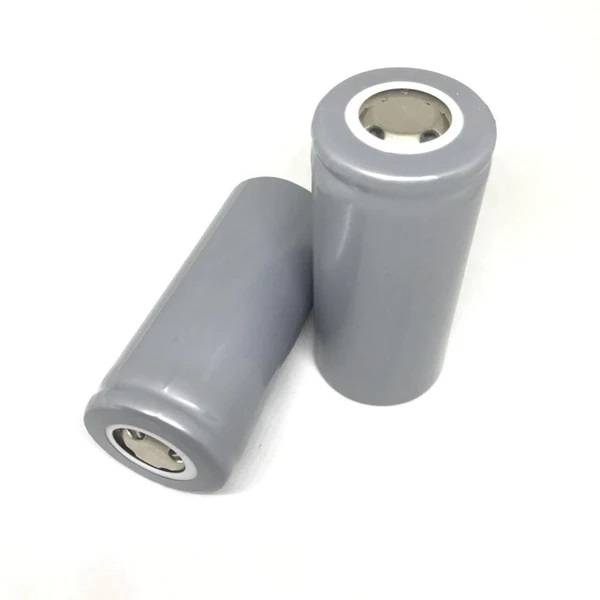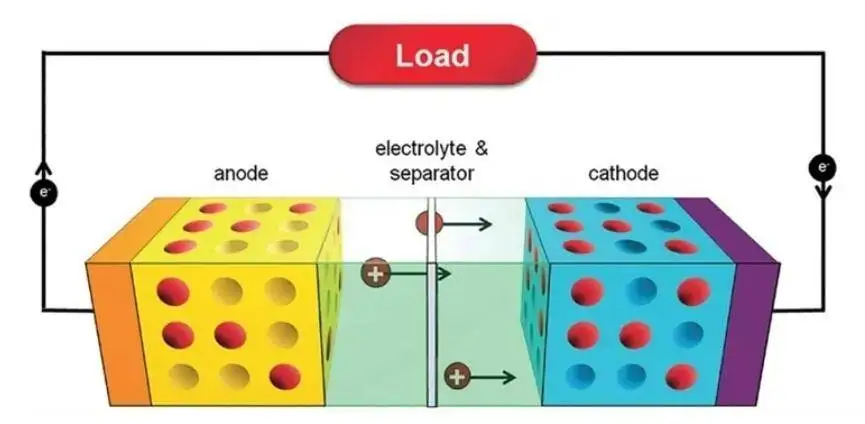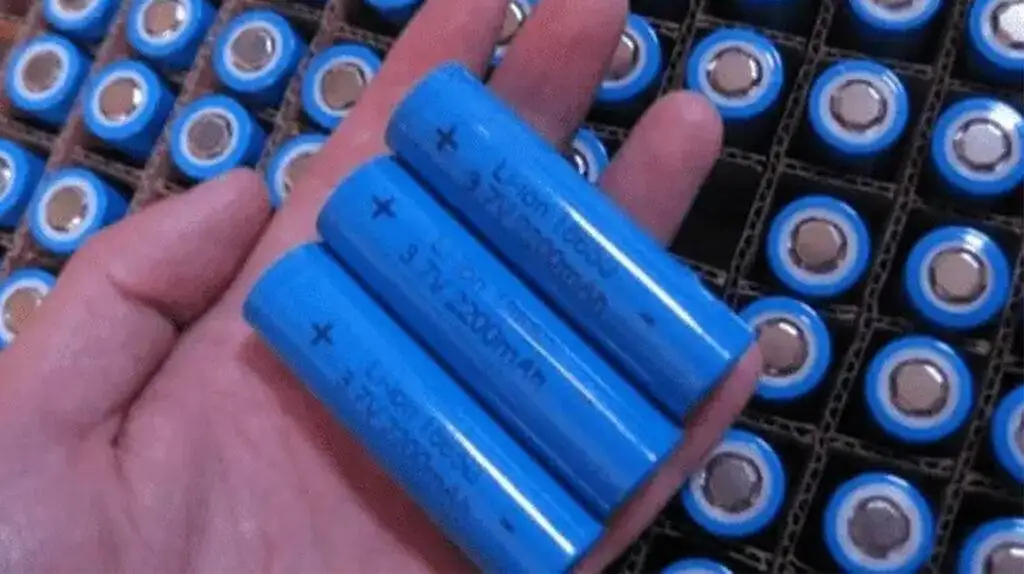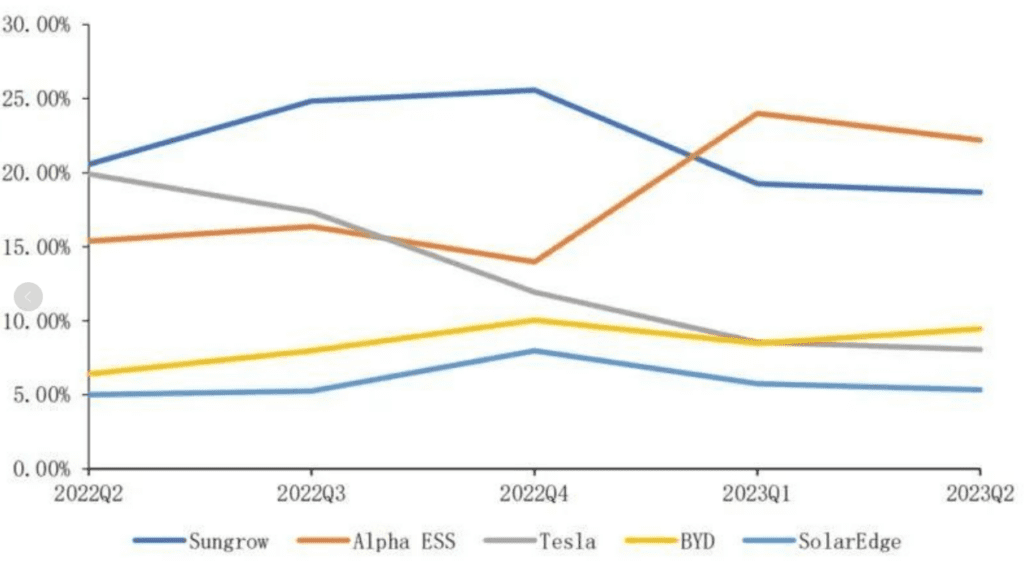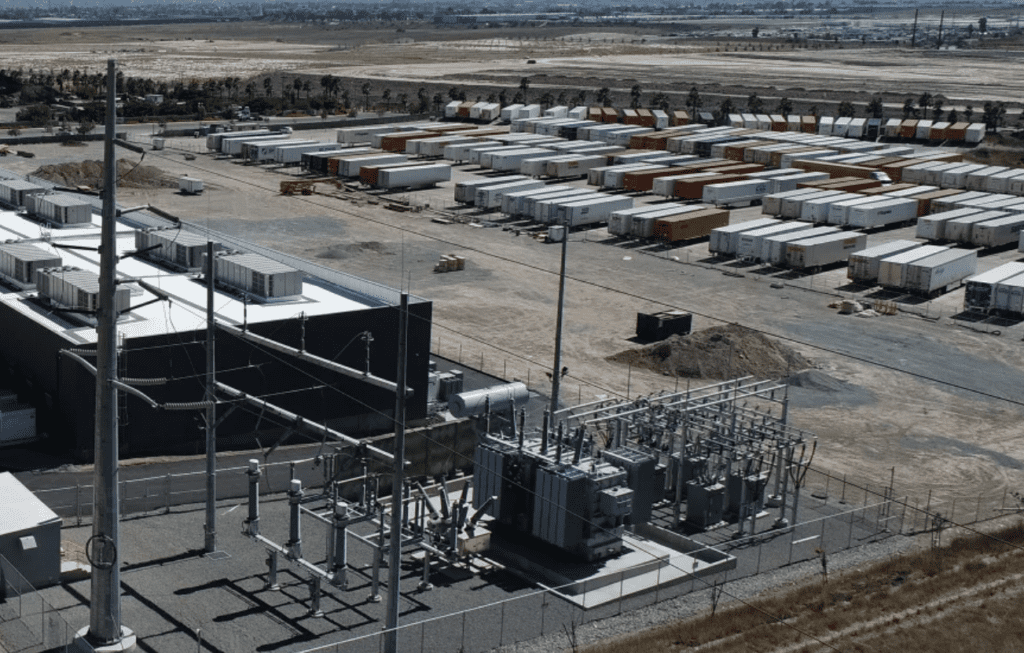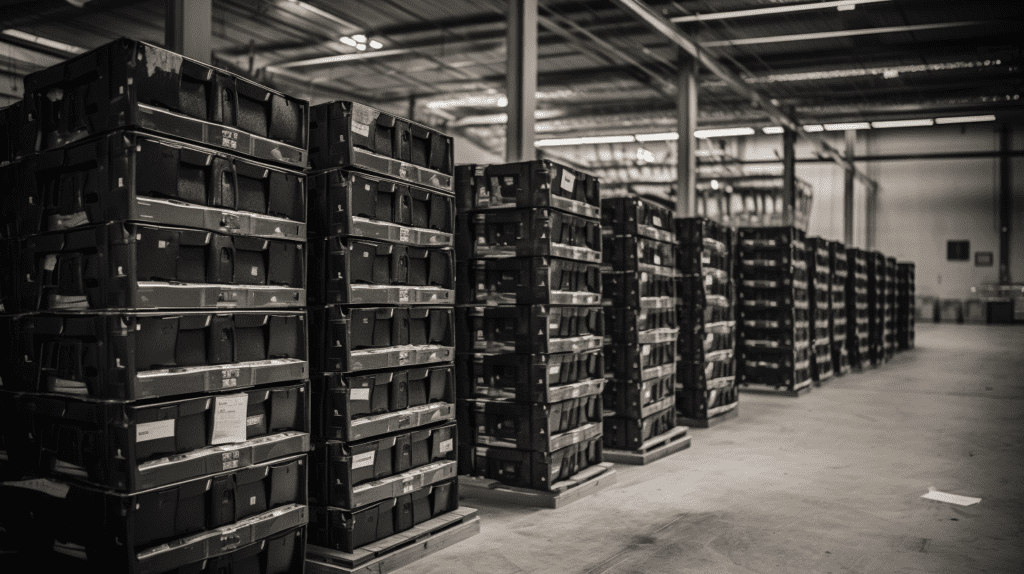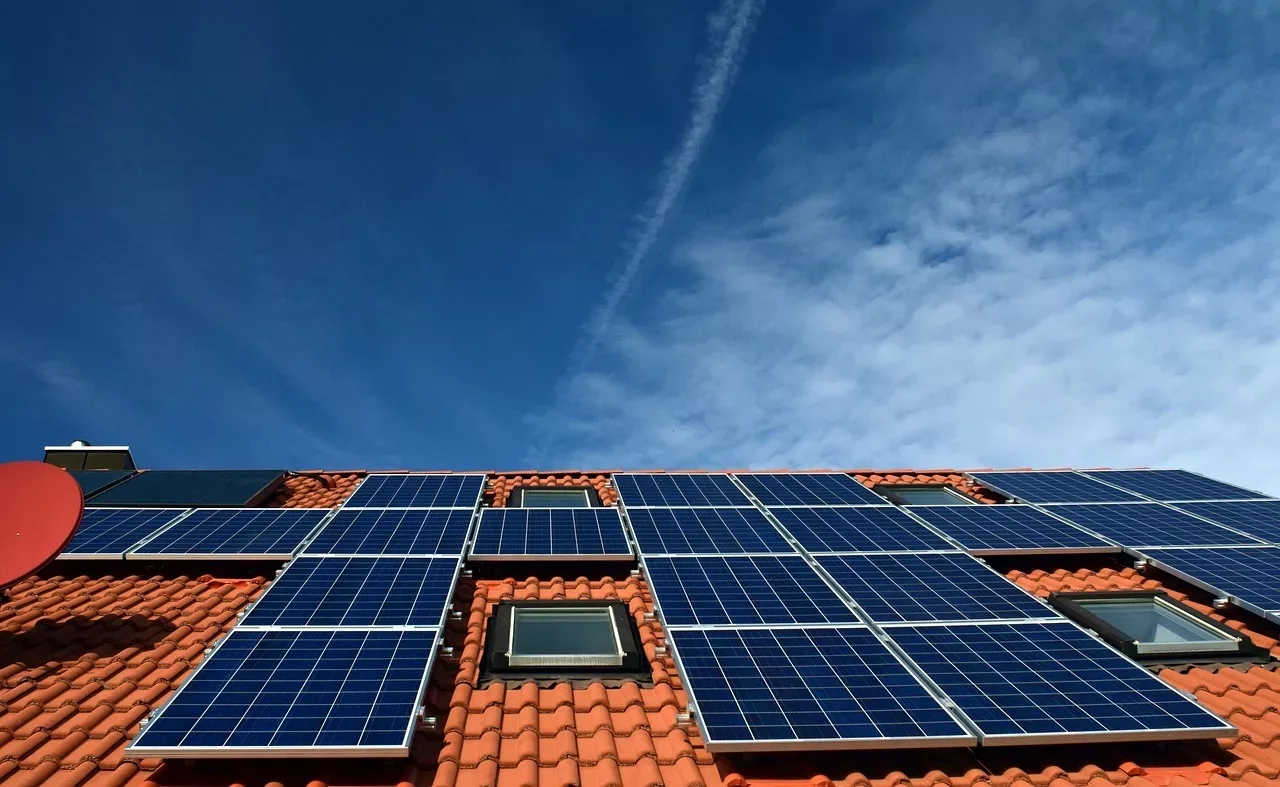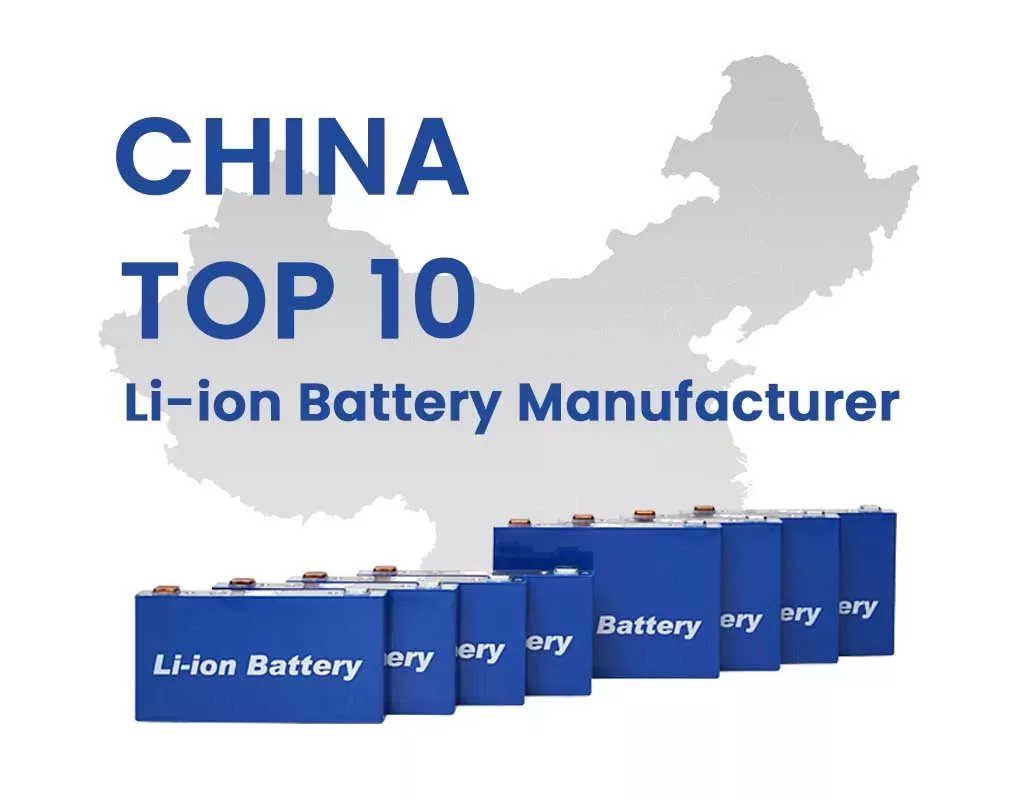Lifespan of lithium iron phosphate battery packs:
The actual lifespan of lithium iron phosphate battery packs is generally around the same for most lithium battery types, whether it’s lithium iron phosphate or lithium-ion. The real lifespan depends on the user’s usage patterns and care for the battery.
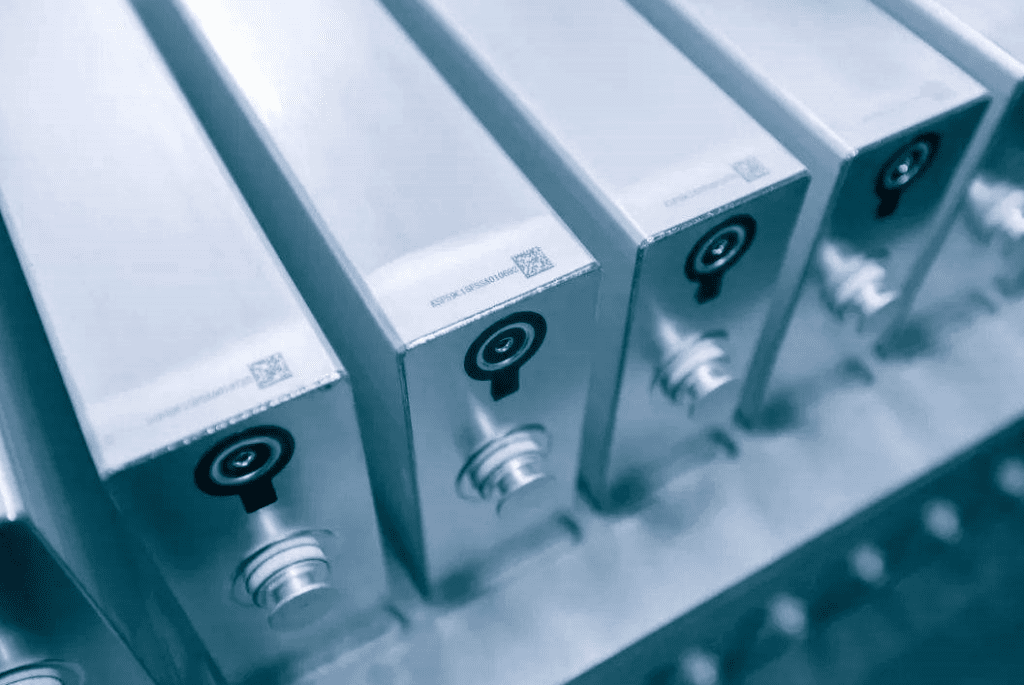
#post_seo_title
What is lithium iron phosphate battery?
Introduction:
A lithium iron phosphate battery is a type of lithium-ion battery that uses lithium iron phosphate as the positive electrode material. It is known for its
- Strong safety
- Stability
- High-temperature tolerance
- Good cycling performance.
Life Span:
The real-life lifespan of a lithium iron phosphate (LiFePO4) battery pack is typically several years.
| Lithium Batteries | Lead Acid Batteries | |
| Life Span | Lithium iron phosphate (LiFePO4) battery packs typically last around 8 years | about 1 to 1.5 years.
|
| Cycle Life | lithium iron phosphate (LiFePO4) power batteries can achieve a cycle life of over 2000 cycles | lead-acid batteries have a cycle life of around 300 cycles, at most reaching 500 cycles |
Comparison of to lead-acid batteries and lithium iron phosphate (LiFePO4) battery packs:
Compared to lead-acid batteries, lithium iron phosphate (LiFePO4) battery packs have several advantages, including:
| Properties | Lithium Batteries | Lead Acid Batteries |
| Large Capacity | : Lithium batteries can be manufactured with single cells ranging from 5Ah to 1000Ah (1Ah = 1000mAh) | Lead-acid batteries typically have single cells of 2V with a capacity of 100Ah to 150Ah, which has a smaller range of variation.
|
| Lightweight | Lithium iron phosphate battery packs with the same capacity have approximately 2/3 of the volume of lead-acid battery packs and weigh only 1/3 of the latter. | Lead acid is heavier in weight then the Lithium batteries. |
| High Fast-Charging Capability: | Lithium iron phosphate battery packs can achieve high-rate charging with a starting current of up to 2C | Lead-acid batteries typically require a current within the range of 0.1C to 0.2C, making them unable to achieve fast-charging performance.
|
| Environmental Friendliness: | Lithium iron phosphate battery packs do not contain any heavy metals and do not cause pollution during production and use.
|
Lead-acid batteries contain a significant amount of heavy metal, lead, and produce wastewater |
| Cost-Effective: | Real-world applications have shown that the cost-effectiveness of lithium iron phosphate batteries is more than four times that of lead-acid batteries.
|
lead-acid batteries are cheaper to purchase due to their inexpensive materials, their overall cost-effectiveness over the course of their lifetime and daily maintenance is lower compared to lithium iron phosphate batteries |

